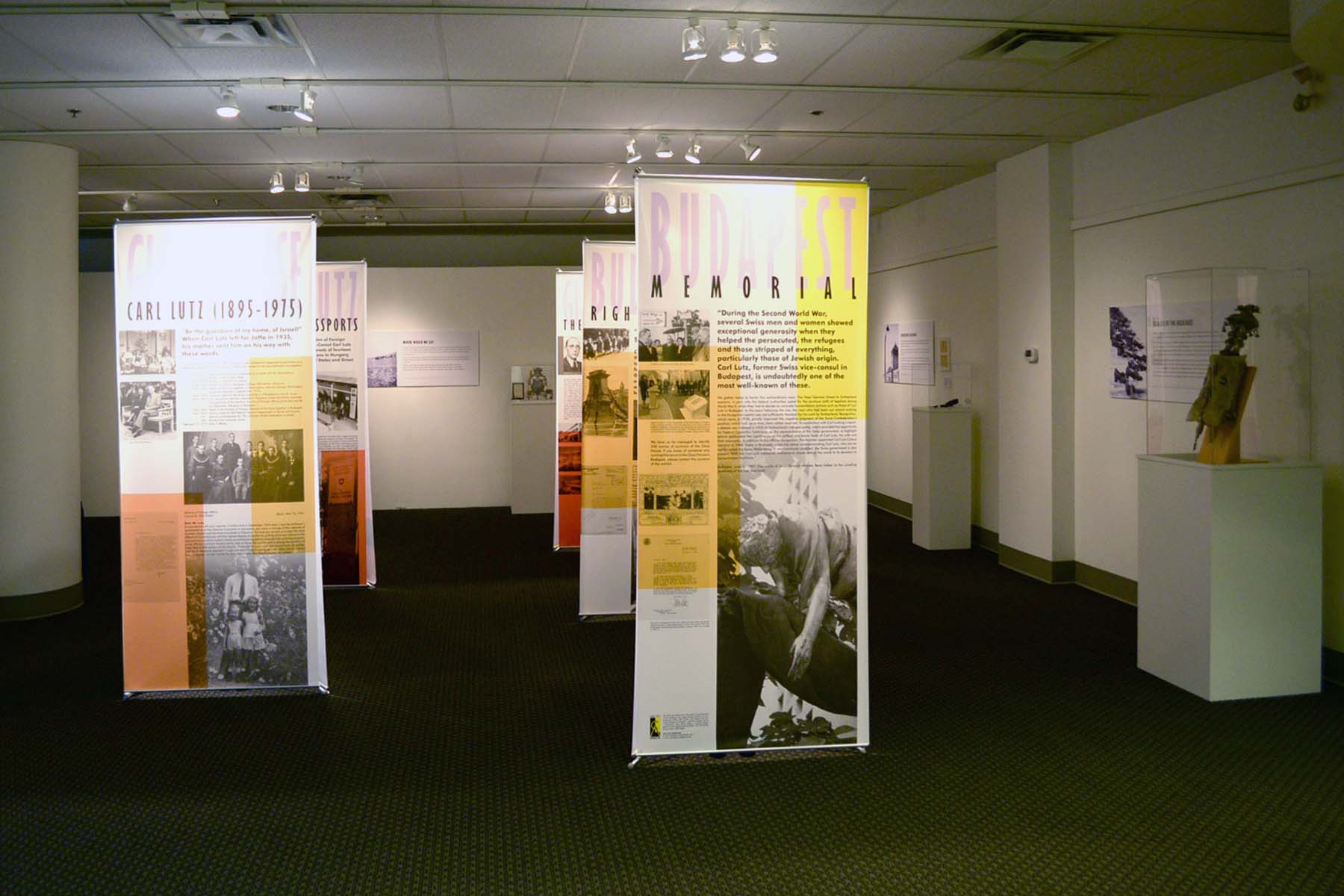VANCOUVER, B.C — Seventy years have gone by since the Allies liberated Auschwitz and the horrors that laid inside were made public to the world. The Vancouver Holocaust Education Centre has decided that in addition to a symbolic memorial, they will bring forgotten heroes to light.
Carl Lutz and The Legendary Glass House in Budapest exhibit is a mesmerizing ode to a man who managed to save 62,000 people by handing out fake papers and setting up a total of 76 safe-houses across Budapest. The exhibit is dedicated therefore to positivity in life, rather than to death.
Trinkets, personal belongings, memoirs, diaries and the full narratives of many of the survivors that Lutz’s bravery saved are on display, yet above all it is the stories that all of these form together which is salient. Ones which show how the moral alacrity of an individual managed against great odds to save people from their certain death in places such as Auschwitz.
Who was Carl Lutz?
Born in Switzerland to a quintessentially Swiss family, he escaped European mores and left for the United States to attend college in Washington, D.C., which led him to an inspiring –and successful mind you — career in diplomacy.
In 1942 he was appointed as vice-consul in Budapest, from where he managed to save over 10,000 children by giving them safe passage to Israel through Switzerland. However, in 1944 during the Nazi occupation, when the reality of what was happening became known across Eastern Europe, Lutz came up with an ingenious plan.
After being able to persuade the local government to allow the safe passage of 8,000 Jews by issuing letters of protection, he gave out tens of thousands that all contained a number between 1 to 8,000. He did this without ever being caught, which is incogitable. Despite this brilliant moral attainment, the safe-houses that he set up were equally essential to their escape. The most famous of these was the “Glass House,” from which the exhibition borrows its name.
The “House,” which was in fact more of an industrial storage building, functioned as a safe haven for around 3,000 people, during the most difficult period of the war when the Nazis were losing and wanted to murder as many Jews as possible before the front moved back. The logistics of providing food, and water for that many people was without a doubt mind-numbing, especially when trying to evade any suspicion from both the German army and Hungarian citizens.
During his commission, apparently one day Lutz saw a woman bleeding from gunshot wounds and drowning in the Danube river. He jumped in after her and saved her, all in front of the German firing squad that pushed her in. He took her to his car and gave her a ride to the Swiss Embassy. Today that staith is named the Car Lutz Rakpart. Incidentally he was the first Swiss-born national to be awarded the Righteous Among Nations award which is given to those who saved the lives of Jews, at the risk of their own.
The exhibition is meant to educate people on the Holocaust, but more precisely highlight the actions of Lutz that seem to have been forgotten by history in the last few decades. In addition it is a stepping stone for the collaborative efforts of the Swiss consul and like-minded Jewish institutions who want to tell his story: one of hope and dignity.
Nina Krieger, the executive director of the VHEC said of the exhibit, “The response to the Carl Lutz exhibit, particularly among students, has been very positive. Presented to coincide with the 70th anniversary of the Nazi occupation of Hungary, the exhibit illuminates a story of diplomatic rescue, providing an opportunity for visitors to reflect on the complexity of moral decision-making during the Holocaust. Visitors have been particularly drawn to the artifacts and testimonies displayed alongside the travelling exhibit, which relate to the experiences of Vancouver-based Hungarian Holocaust survivors. The power of these primary sources is unparalleled, particularly for young people visiting the VHEC.”
The VHEC, founded in 1983 by survivors, aims to educate the public, not only of the events of the Holocaust but the narratives of the individuals that both perished, and survived. The Carl Lutz Exhibition ends on the 13th of March
By Milad Doroudian
Photo: Vancouver Holocaust Education Centre
